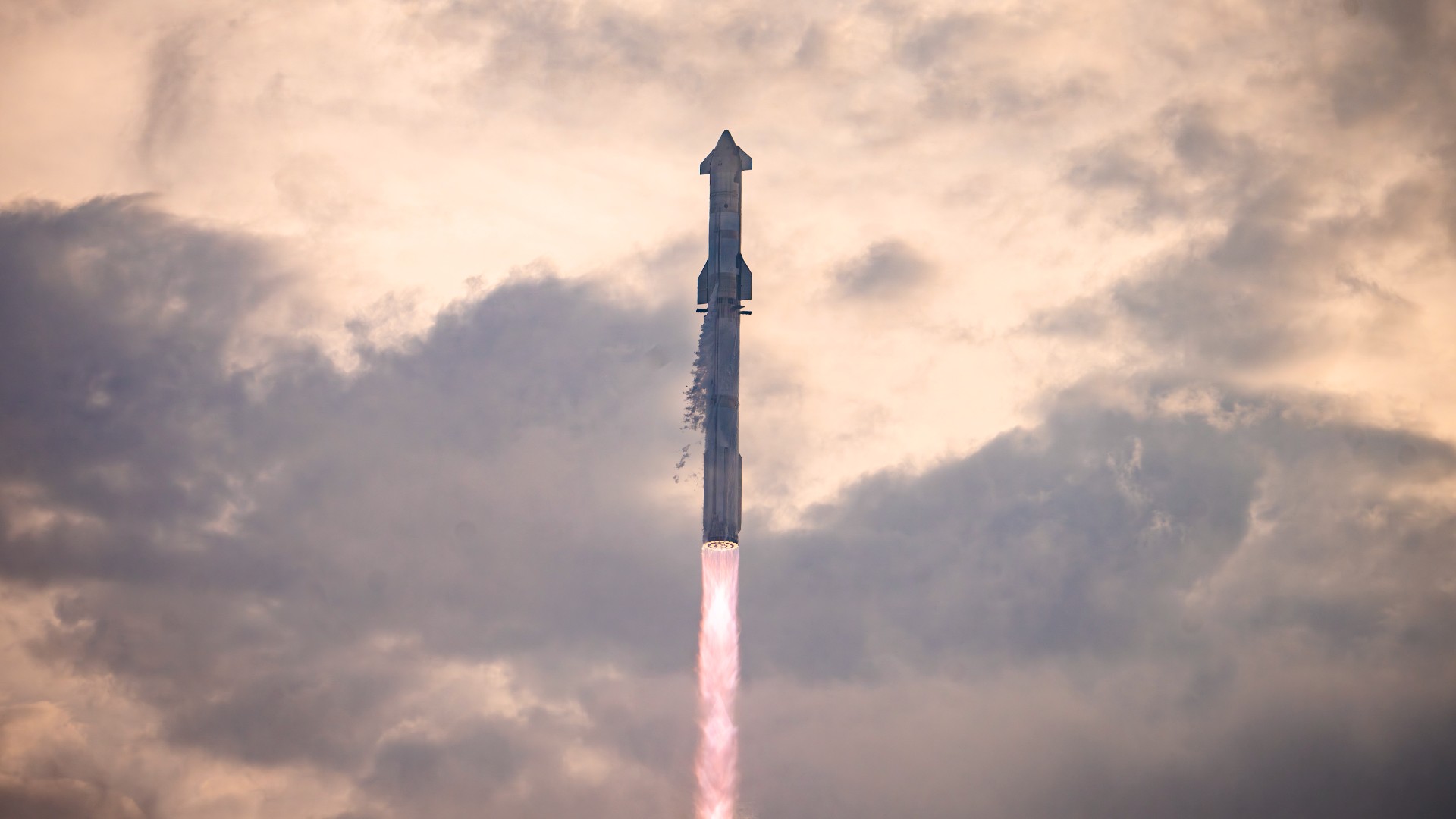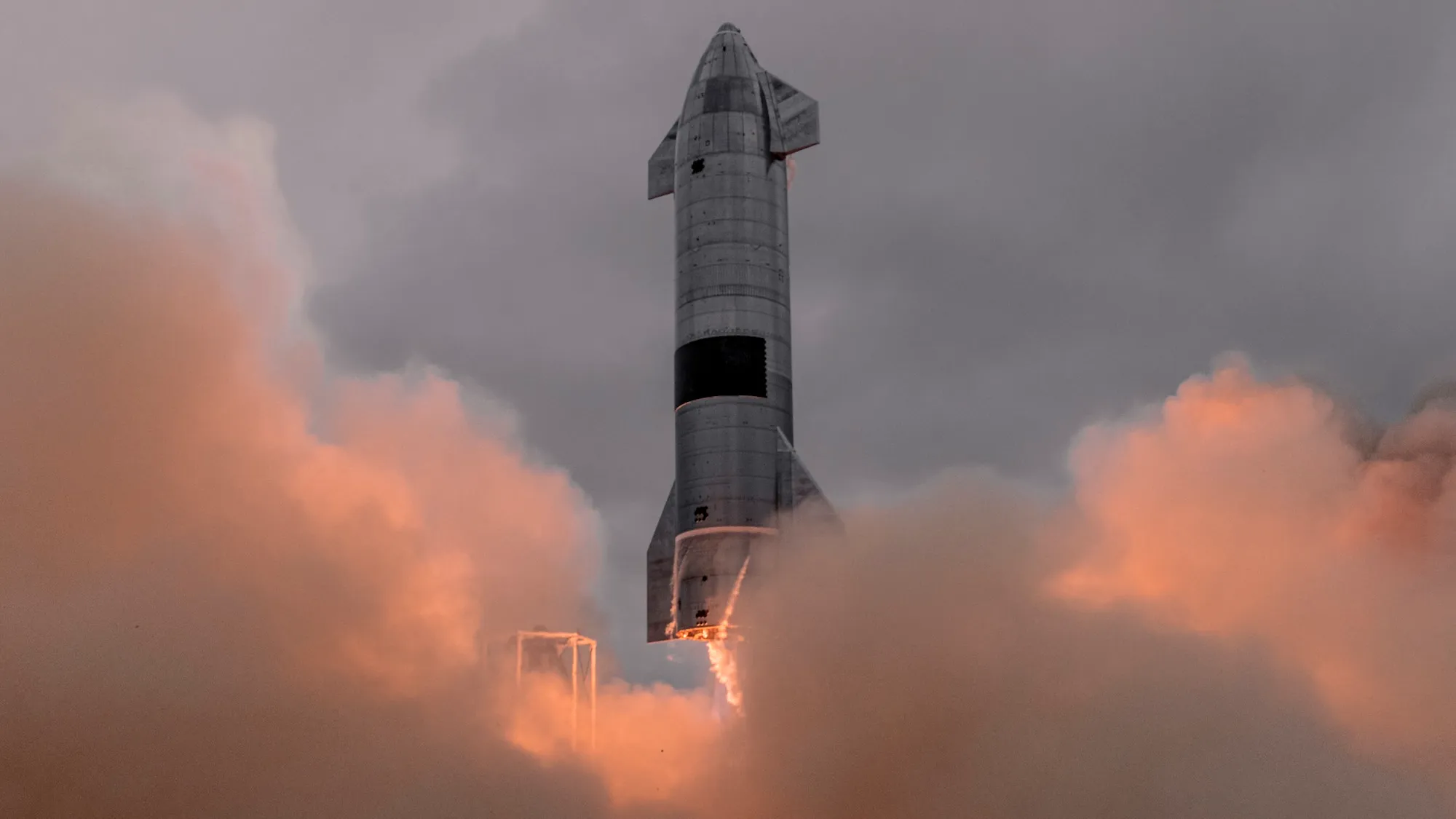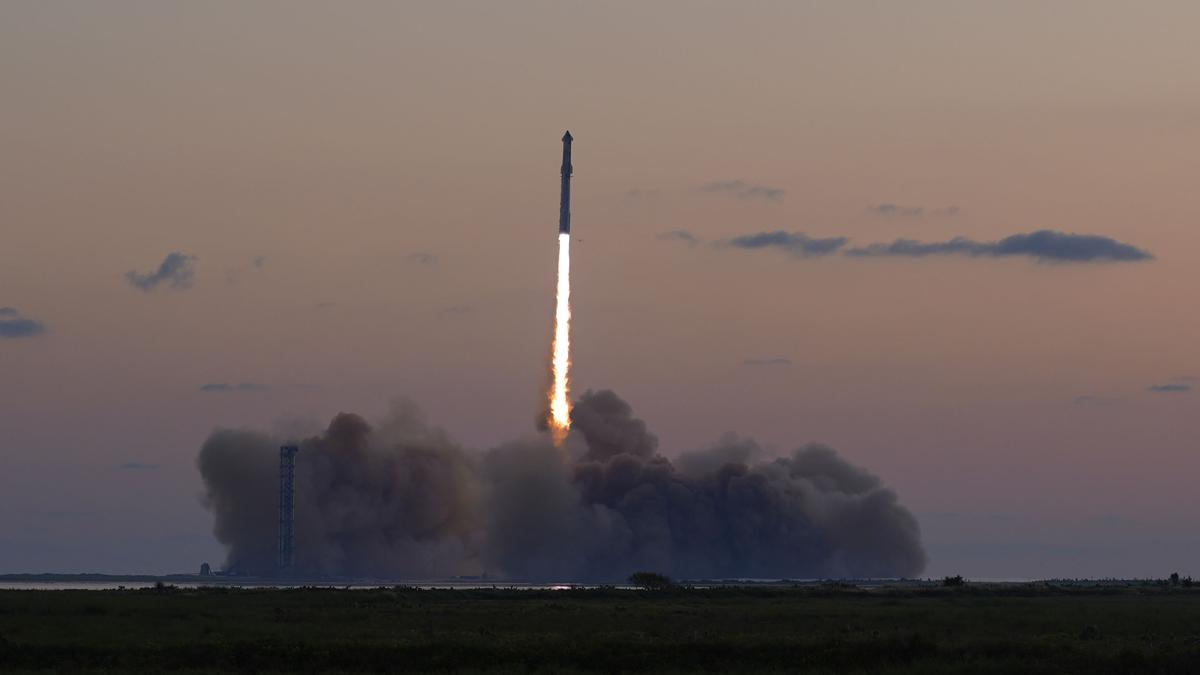In what has quickly become the talk of the global space industry, SpaceX’s recent test flight of the Starship/Super Heavy vehicle has sent ripples throughout the International Astronautical Congress (IAC) in Milan. Although the event officially took place over 9,000 kilometers away from Boca Chica, Texas, the milestone achieved by SpaceX on October 13 was the unofficial highlight of the week-long event.
This latest test of Starship demonstrated not only SpaceX’s unmatched engineering prowess but also showcased the growing gap between SpaceX and its international competitors. At the heart of the mission was the ability of the Super Heavy booster to return to the launch site and be “caught” by mechanical arms attached to the launch tower—an essential step toward SpaceX’s goal of rapid reusability.

A Major Leap for SpaceX’s Starship and NASA’s Lunar Ambitions
For NASA, the success of this flight brings reassurance that SpaceX’s development of the Human Landing System (HLS) version of Starship is on track for the Artemis 3 mission. NASA Administrator Bill Nelson, during an IAC plenary session on October 14, remarked:
“Just yesterday, SpaceX had a very successful fifth launch as they develop this very large rocket. This was another one of the steps in the iteration of developing that.”
With NASA planning to land astronauts on the Moon by September 2026 through Artemis 3, the progress of SpaceX’s Starship has been closely monitored.
“As of Sunday’s test, it was right on the mark,”
Nelson noted, emphasizing that SpaceX is meeting its benchmarks. He expressed confidence that the company’s timeline will allow for the successful lunar landing in 2026.
Industry Reactions: Applause, Anxiety, and Calls for Change
While the achievement drew applause from many corners of the space industry, some reactions revealed a sense of unease, especially from European companies and government officials. European industry is currently grappling with its own challenges, as demonstrated by the successful maiden launch of Ariane 6 in July and the return of Vega C in December. However, there is a growing awareness that Europe is falling behind in the global space race, particularly with regard to reusability.

Rocket Factory Augsburg (RFA), a German aerospace company, was quick to congratulate SpaceX in a social media post:
“Congratulations to SpaceX, what an incredible feat of engineering! Mars, here we come.”
However, they were also blunt in their criticism of Europe’s lagging space sector.
“At the same time, the coin has a second side: it shows and confirms that Europe has completely lost touch. Can it still catch up? No chance. At least not the way things are going at the moment.”
RFA’s concerns reflect broader anxieties across the European space sector. The company called for significant reforms, including increased government investment and a more flexible framework to support fast, risk-taking development.
The Future of Europe’s Role in Space
Josef Aschbacher, Director General of the European Space Agency (ESA), shared his thoughts on the Starship flight in an October 15 interview. While he praised SpaceX’s engineering capabilities, he also acknowledged the shifting dynamics in the space industry.
“I then have to think, what does it mean for Europe, and to see what would be the change in the landscape and the ecosystem, and what do we need to do.”
Aschbacher admitted that Europe cannot compete directly with Starship’s capabilities but stressed the importance of finding Europe’s niche in the emerging space economy.
“You can imagine that if Starship brings 100 tons into space frequently, this will change everything out there in space, how things are constructed, and how space is being utilized.”
Although critical voices like RFA’s have raised alarms, Aschbacher remains optimistic about Europe’s potential.
“We are on the right track. We are going full speed in this direction,”
he affirmed, referring to Europe’s growing efforts to boost the competitiveness of its launch industry.
The Rise of Reusable Rockets: An Industry Standard?
SpaceX’s repeated success with reusable rockets—both with Falcon 9 and now Starship—has set a new standard in the industry. Reusability has become an expectation for future launch vehicles across the globe. In fact, S. Somanath, chairman of the Indian Space Research Organisation (ISRO), revealed during the IAC that India’s Next Generation Launch Vehicle (NGLV) would include a reusable booster, marking a significant step for India’s space program.
“I think all of you realize that reusability is mandatory for launchers,”
Somanath said.
India plans to roll out the NGLV within six years, and this development mirrors a growing recognition that any competitive launch system must embrace reusability.

The Race for Space: What Comes Next?
SpaceX’s recent test flight has sparked excitement, competition, and a renewed focus on the future of space exploration. With NASA counting on Starship for its Artemis missions and private companies eyeing the vehicle for commercial payloads, SpaceX is not only changing the conversation but also leading it.
Europe and other global players, while behind, are not without hope. However, as the space economy rapidly evolves, it’s clear that those who fail to innovate risk being left behind. The latest Starship flight serves as both a wake-up call and a beacon of what’s possible when ambition meets engineering excellence.
The question for Europe, India, and the rest of the space industry is: Can they rise to the challenge, or will SpaceX continue to redefine the rules of space exploration?










